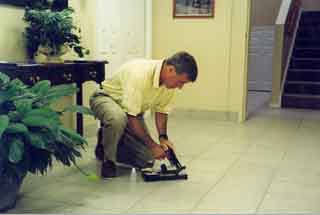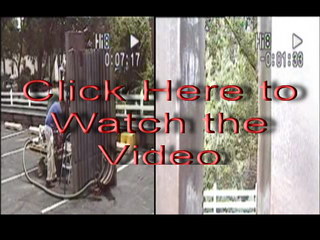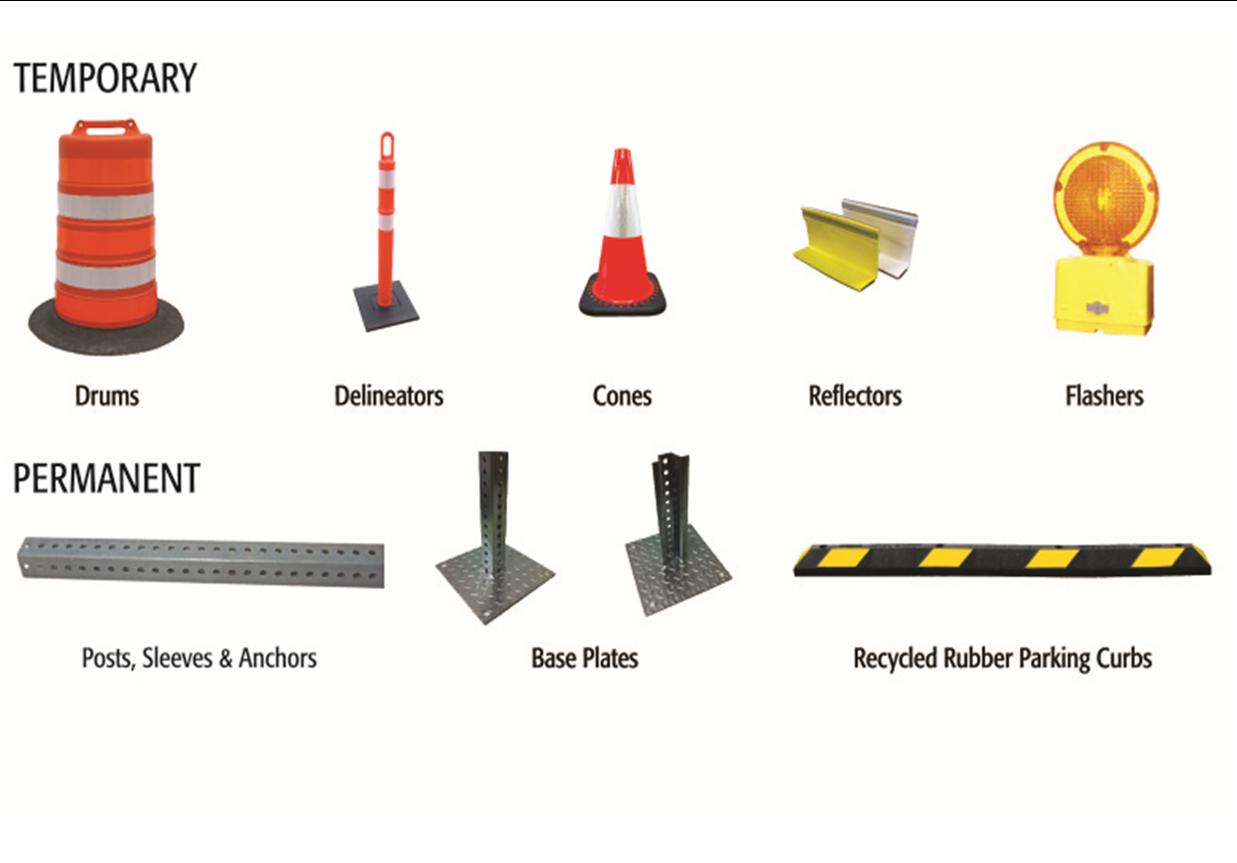In Lane v. Target Corp (2006 ) a safety engineer offered opinions in a slip and fall case where a customer slipped on liquid that leaked from a bottle of cleaning fluid. His two basic opinions were: 1) the store failed to have a protocol to immediately secure a spill area before obtaining cleaning supplies and 2) that a product display in a high traffic area should have a barrier around it or it amounts to an unsafe condition. His testimony was thrown out of court as unreliable and irrelevant under the Daubert Challenge.
Daubert v. Merrill Dow Pharmaceuticals Inc. gave courts the responsibility of deciding which scientific expert testimony is acceptable.
The litmus test for a Daubert challenge is whether fundamental science and experimentation were used as the basis for the opinion. Supporting evidence should refer to consensus standards, related studies or peer-reviewed literature to strengthen conclusions. It is easy to look back, after the fact, and make obvious and general conclusions about what could or should have been done to prevent a slip and fall accident from occurring, but such hindsight is neither reliable nor relevant. Simply put, the opinions of the expert witness in this case were not based on science and did not justify the use of an expert witness.
At CED/Accident Analysis our accident reconstruction team relies on hard science and quantifiable data to come to sound conclusions. In slip and fall cases, our engineers conduct tests and compare results with standards set forth by the American Society for Testing and Materials (ASTM). Contributing factors, such as moisture, grade and evenness, and blockage are examined. Tools such as the English XL Slipmeter ( http://www.ced-aai.com/e-news2006_11_16.html ) give a slip resistance value that quantifies surface traction. Human factors issues, like visibility and background noise, are examined and measured with tools such as light and sound meters. Proper equipment, sound testing methods, and the trained eye of CED/Accident Analysis experts consistently support opinions that withstand the Daubert Challenge.






